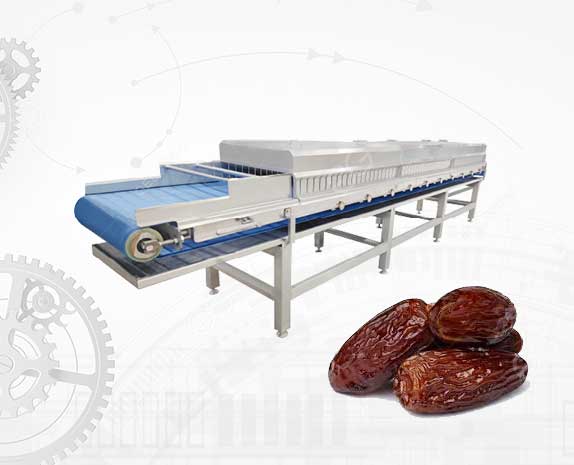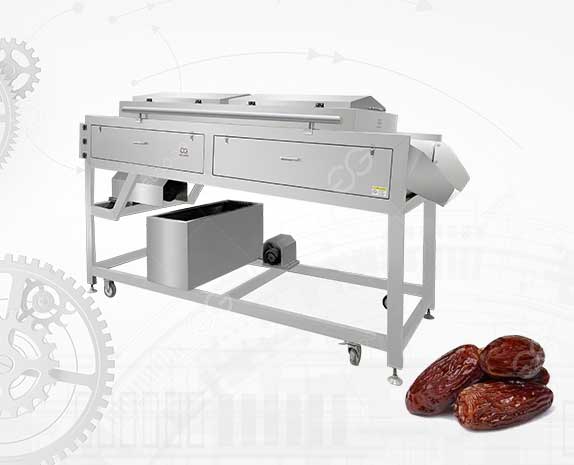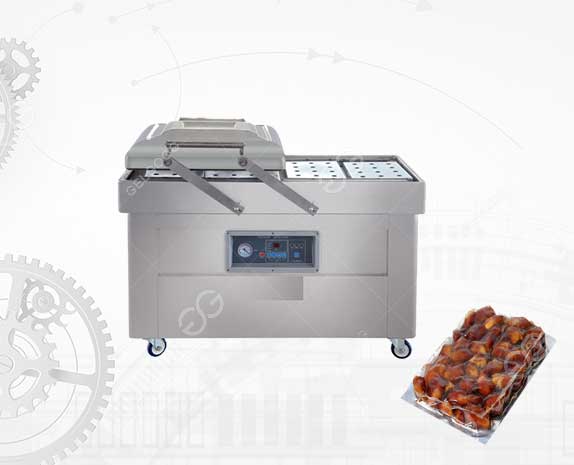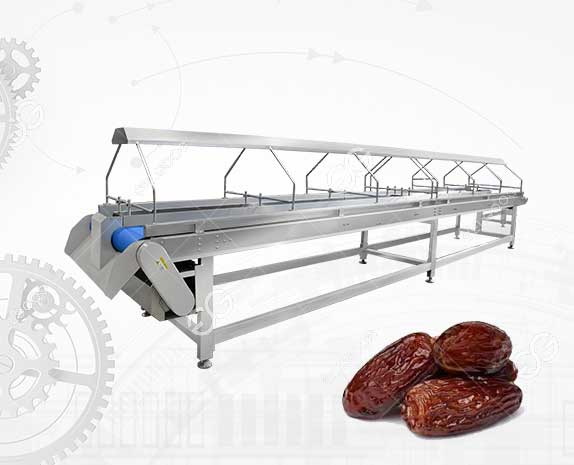Date palm is one of the most popular fruits worldwide. It is rich in nutrients and has been used as a traditional medicine. The date palm itself is a type of tree that produces fruit, and the fruit is simply called a date.
So, how is date palm processed? There are many steps involved, but we will focus on the primary ones.
Step 1: Harvesting
The first step in processing date palm is harvesting the dates. Harvesting usually takes place between July and October, and it is done by cutting off the bunches of dates by hand. Harvesters typically scale the trees, remove the bunches of dates, and lower them down for transportation.
Step 2: Cleaning
The next step involves cleaning the dates. This process involves removing the stems, leaves, and any unwanted debris from the dates. The dates are then washed with water to remove any remaining dirt or debris.
Step 3: Sorting
After the dates are cleaned, they are sorted according to their size, shape, and color. This is usually done by a machine called a sorter. The machine separates the dates into different categories based on their size and shape.
Step 4: Grading
Once the dates have been sorted, they are graded. This process involves inspecting each date to determine its quality based on its size, shape, taste, and texture. After grading, the dates are separated into different categories based on their quality.
Step 5: Packing
The final step in the process is packing the dates. The dates are usually packed in cartons or bags of various sizes. The packaging is done according to the date's quality and market requirements.
In conclusion, the processing of date palm involves several crucial steps, including harvesting, cleaning, sorting, grading, and packing. These steps are essential to ensure that the dates are of high quality and meet various market standards. With the right care and processing, date palm can be enjoyed by a wide range of people worldwide.




